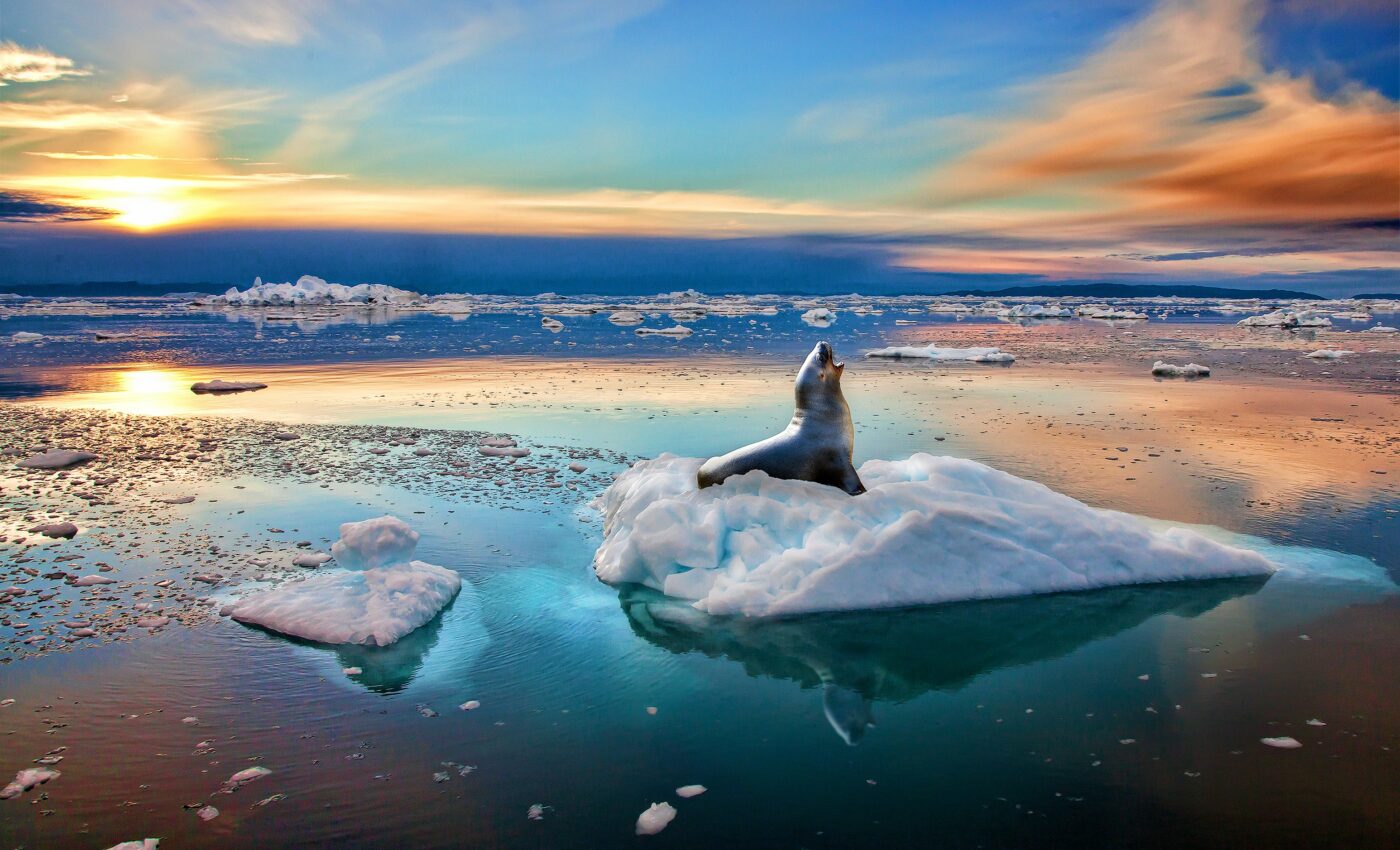
Greenland is now losing 357 billion tons of ice each year
It should come as no surprise that a warming world begets more melting sea ice. Now, a new paper published in Nature Communications takes stock of just how much ice is melting in Greenland – and how much is at risk.
The study, conducted by researchers at the University of Leeds, used data from the European Space Agency’s CryoSat-2 satellite to estimate just how much ice-sheet runoff has occurred over the past decade of climatic change.
“As we’ve seen with other parts of the world, Greenland is also vulnerable to an increase in extreme weather events,” said study lead author Dr. Thomas Slater.
“As our climate warms, it’s reasonable to expect that the instances of extreme melting in Greenland will happen more often – observations such as these are an important step in helping us to improve climate models and better predict what will happen this century.”
The study found that the amount of ice-sheet runoff has increased by 21 percent since 2011 – that means an estimated 357 billion tons of ice are melting every year.
Dr. Slater remains hopeful that “meaningful targets to cut emissions could reduce ice losses from Greenland by a factor of three, and there is still time to achieve this.”
“Model estimates suggest that the Greenland ice sheet will contribute between about 3 and 23 cm to global sea level rise by 2100. This prediction has a wide range, in part because of uncertainties associated with simulating complex ice melt processes, including those associated with extreme weather,” said study co-author Dr. Amber Leeson.
“These new spaceborne estimates of runoff will help us to understand these complex ice melt processes better, improve our ability to model them, and thus enable us to refine our estimates of future sea level rise.”
By combining the real-time satellite observations with complex climate models, researchers like Dr. Leeson and Dr. Slater hope that our predictions can be refined and will help us to anticipate and prevent environmental disasters.
–—
By Alex Ruger, Earth.com Staff Writer













